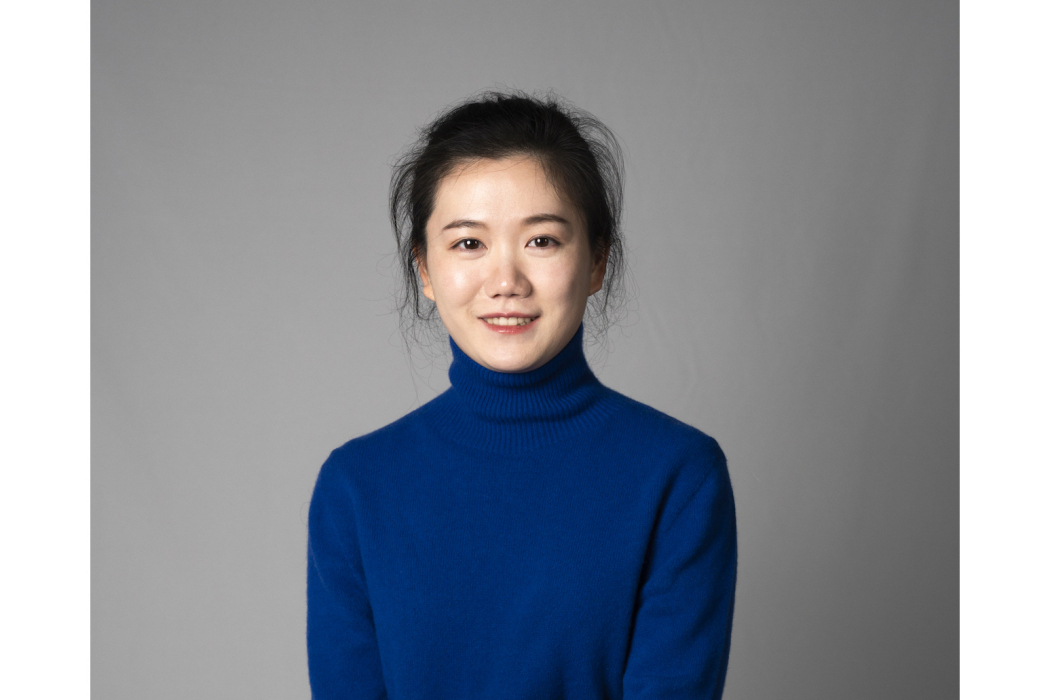人物經歷
2012年獲得
新加坡南洋理工大學,化學生物分子工程學士學位;2018年獲得美國
伊利諾伊大學香檳分校,化學工程博士學位;2019年至2021年在美國伊利諾伊大學香檳分校, Center for Advanced Bioenergy and Bioproducts Innovation從事博士後研究。於2021年秋加入
西湖大學工學院任特聘研究員。
研究方向
結合蛋白質工程、微生物代謝工程、光電催化,構建多重化學-生物偶聯催化系統,從而實現CO2和N2到高附加值化合物的生成
學術成果
隨著蛋白質工程、合成生物學及代謝工程技術的發展,以酶催化和細胞催化為基礎的生物催化在化學工業上的套用越來越廣泛。其溫和的反應條件,獨特高效的底物和產物選擇性以及環保且可持續性,使其相對於傳統的化學催化而言有著不可替代的優勢。然而生物催化的反應類型遠不及化學催化的全面,許多生物催化反應的效率和穩定性也未達到最優。基於這些挑戰,王雅婕博士在開發新型協同化學酶催化體系,突破有機催化及酶催化反應的瓶頸;開發基因編輯、連續定向進化、生物感測器等合成生物學工具,用於構建和改造高效的細胞工廠的研究工作中取得重要成就。成果發表在Nature, Nature Chemical Biology, ACS Catalysis, Chemical Review, Natural Product Report等國際著名學術期刊。曾獲得新加坡National Science Scholar稱號、美國化工協會AIChE年會分會場主席、美國能源部(DOE)項目評審專家等榮譽。
代表論文
1. Wang, Y. et al.“Directed evolution: Methodologies and Applications.” Chem. Rev. (2021) (submitted)
2. Litman, Z. C.; Wang, Y.; (co-first); Zhao, H.* & Hartwig, J. F.*, “Cooperative tandem systems combining photocatalyzed isomerization and enzymatic reduction.” Nature, 560, 355-359 (2018).
* This work has been reported by the Chemical & Engineering News and been highlighted in the Nature Highlight
3. Wang, Y.; Huang, X.; Hui J.; Vo, L. & Zhao, H. “Stereoconvergent reduction of alkenes by a nicotinamide free synergistic photoenzymatic system.” ACS. Catal. 10, 9431-9437 (2020)
4. Wang, Y.; Bartlett, M. J., Denard, C. A., Hartwig, J. F. & Zhao, H. “Combining Rh-catalyzed diazocoupling and enzymatic reduction to efficiently synthesize enantioenriched 2-substituted succinate derivatives.” ACS. Catal. 7, 2548-2552 (2017).
5. Huang, X.; Wang, B. (co-first); Wang, Y.; Jiang, G.; Feng, J. & Zhao, H. “Abiotic photoenzymatic catalysis for enantioselective intermolecular radical hydroalkylation.” Nature, 584, 69-74 (2020).
6. Zhang M. M.; Wong F. (co-first); Wang, Y.; Luo S.; Lim Y. H.; Heng E.; Yeo W.; Cobb R. E.; Enghiad B.; Ang E. & Zhao H. “CRISPR-Cas9 strategy for activation of silent streptomyces biosynthetic gene clusters.” Nat. Chem. Biol., 3, 607-609 (2017).
7. Cobb, R. E.; Wang, Y. & Zhao, H. “High-efficiency multiplex genome editing of streptomyces species using an engineered CRISPR/Cas system. ACS. Synth. Biol. 4, 723-728 (2015).
8. Wang, Y.; Yu, X. & Zhao, H. “Biosystem design by directed evolution.” AIChE Journal, 66(3) (2020).
9. Wang, Y., Ren H. & Zhao, H. “Expanding the boundary of biocatalysis: design and optimization of in vitro tandem catalytic reactions for biochemical production.” Crit. Rev. Biochem. Mol. Biol, 53, 115-129 (2018).
10. Zhang, M. M.; Wang, Y.; (co-first); Ang, E. L. & Zhao, H. “Engineering microbial hosts for production of bacterial natural products.” Nat. Prod. Rep., 33(8), 963-987 (2016).
11. Wang, Y. & Zhao, H. “Tandem reactions combining biocatalysts and chemical catalysts for asymmetric synthesis.” Catalysts, 6(12), 194 (2016).
12. Wang, Y.; Cobb, R. E. & Zhao, H. “High-efficiency genome editing of streptomyces species by an engineered CRISPR/Cas system.” Methods in Enzymology, 575, 271-284 (2016). (Book Chapter)
13. Denard C.D.; Bartlett M.J.; Wang, Y.; Lu, L.; Hartwig, J.F. & Zhao H. “Development of a one-pot tandem reaction combining ruthenium-catalyzed alkene metathesis and enantioselective enzymatic oxidation to produce aryl epoxides.” ACS. Catal. 5, 3817-3822 (2015).
獲得榮譽
2023年3月30日,入選2022 年度《
麻省理工科技評論》“35歲以下科技創新35人”中國入選者名單。入選理由:她首次將
光催化和
酶催化反應創新性結合,突破了近30年化學-酶偶聯協同催化體系多限於動態動力學拆分和輔酶因子再生兩大類酶促反應的技術瓶頸,實現對順反烯烴異構體混合物的立體會聚式還原,高效合成藥物(如
巴氯芬、菲尼布特)及多種生物活性分子。

